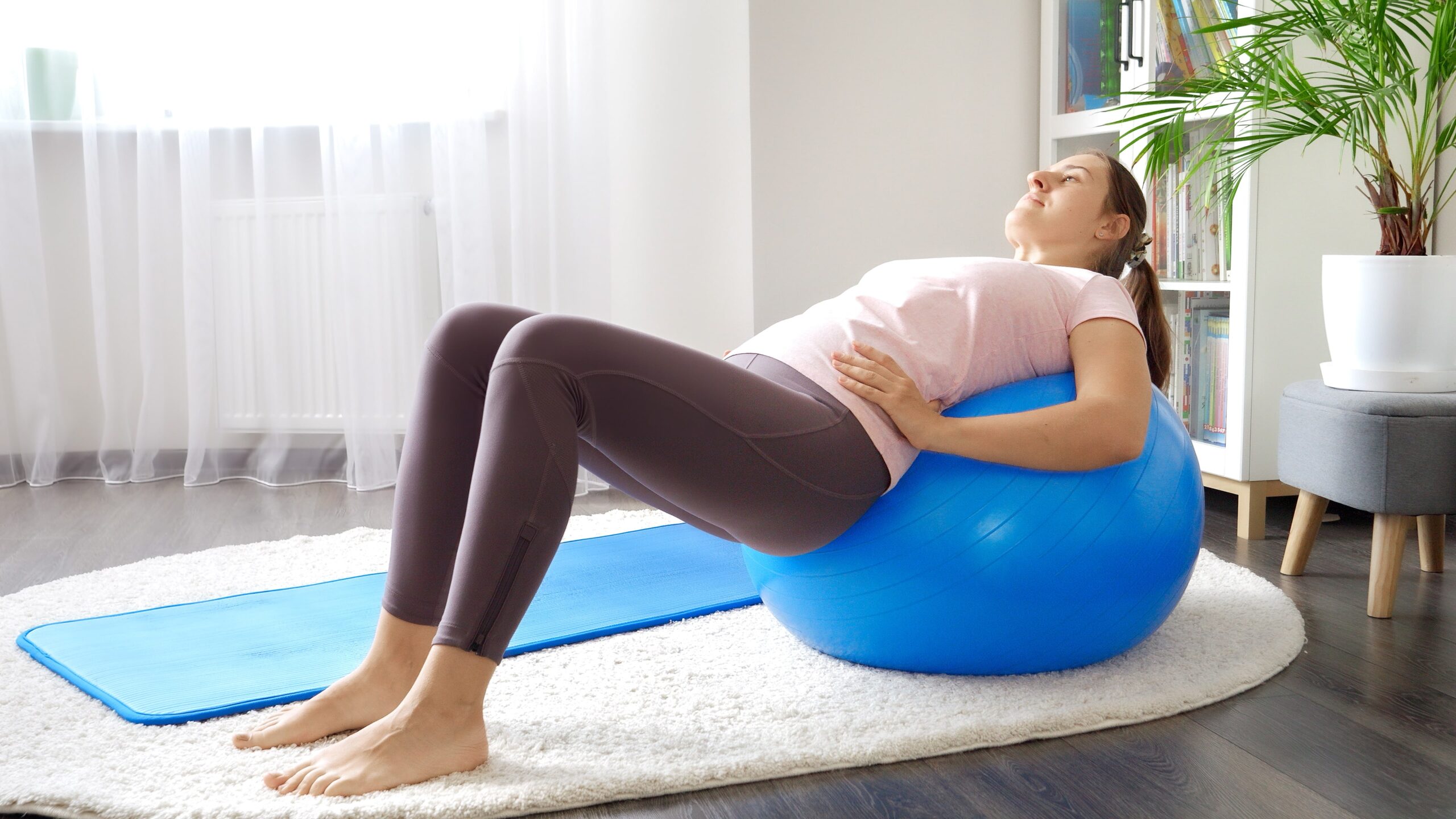Author: Northwoods Urology

Our bodies are incredible machines, and just like any machine, they function best when all the parts work together. The pelvic floor muscles are a hidden group of muscles that play a vital role in our core strength, bladder control, and overall well-being. Often neglected, these muscles can benefit greatly from targeted exercises called pelvic floor exercises.
What are Pelvic Floor Muscles?
Imagine a hammock supporting your organs – your bladder, uterus (in women), and rectum. That hammock is your pelvic floor! These muscles sling underneath your pelvis, providing support and controlling functions like urination, bowel control, and even sexual health.
Why are Pelvic Floor Exercises Important?
Strong pelvic floor muscles offer a multitude of benefits:
- Bladder Control: Weak pelvic floor muscles can lead to urinary incontinence, the involuntary leakage of urine. Pelvic floor exercises can significantly improve bladder control and reduce leaks.
- Pelvic Organ Prolapse Prevention: Weak pelvic floor muscles can contribute to pelvic organ prolapse, where organs like the bladder or uterus shift from their normal position. Strengthening these muscles helps prevent prolapse.
- Improved Sexual Function: Strong pelvic floor muscles can enhance sexual pleasure and function for both men and women.
- Postpartum Recovery: Pregnancy and childbirth can weaken the pelvic floor. Pelvic floor exercises are crucial for postpartum recovery and regaining pelvic floor strength.
Identifying Your Pelvic Floor Muscles
Before you start exercising, it’s important to identify your pelvic floor muscles. Here’s a simple trick:
- Try to stop yourself midstream while urinating. The muscles you clench to do this are your pelvic floor muscles.
- Important Note: Don’t do this exercise regularly as it can disrupt your normal urination pattern. This is just a one-time technique to identify the muscles.
Getting Started
Pelvic floor exercises are simple and can be done discreetly almost anywhere. Here are a few basic exercises to get you started:
- The Kegel: This is the most well-known pelvic floor exercise. Simply tighten your pelvic floor muscles as if you’re trying to stop yourself from passing gas. Hold the squeeze for a count of three, then relax for a count of three. Repeat 10 times.
- The Short Squeeze: Similar to the Kegel, but with a shorter hold. Squeeze your pelvic floor muscles for a quick count of one, then relax for a count of ten. Repeat 10 times.
- The Bridge: Lie on your back with knees bent and feet flat on the floor. Tighten your pelvic floor muscles and lift your hips off the ground, forming a bridge with your body. Hold for a count of three, then lower back down. Relax and repeat 10 times.
Tips for Success with Pelvic Floor Exercises
- Consistency is Key: Like any exercise, consistency is crucial for seeing results. Aim to do your pelvic floor exercises daily, ideally 2-3 times a day.
- Focus on Quality, Not Quantity: It’s more important to focus on proper technique and squeezing the right muscles than doing a large number of repetitions with poor form.
- Breathe Easy: Don’t hold your breath while doing the exercises. Breathe normally throughout the entire exercise routine.
- Relax Completely: Make sure you completely relax your pelvic floor muscles between squeezes. This ensures you’re working the right muscles.
- Seek Guidance: If you’re unsure about proper technique or have any concerns, consult with a doctor or physical therapist who can tailor pelvic floor exercises to your specific needs.
Be Patient, Progress Takes Time
Don’t get discouraged if you don’t see results overnight. Strengthening your pelvic floor muscles takes time and dedication. However, with consistent practice, you’ll start to feel the difference and experience the benefits of strong pelvic floor muscles.
Pelvic Floor Exercises: Beyond Incontinence
While pelvic floor exercises are often associated with incontinence, the benefits extend far beyond. These exercises can improve core strength, enhance sexual function, and contribute to overall pelvic health. So, take charge of your inner strength and make pelvic floor exercises a regular part of your routine. Your body will thank you for it!





